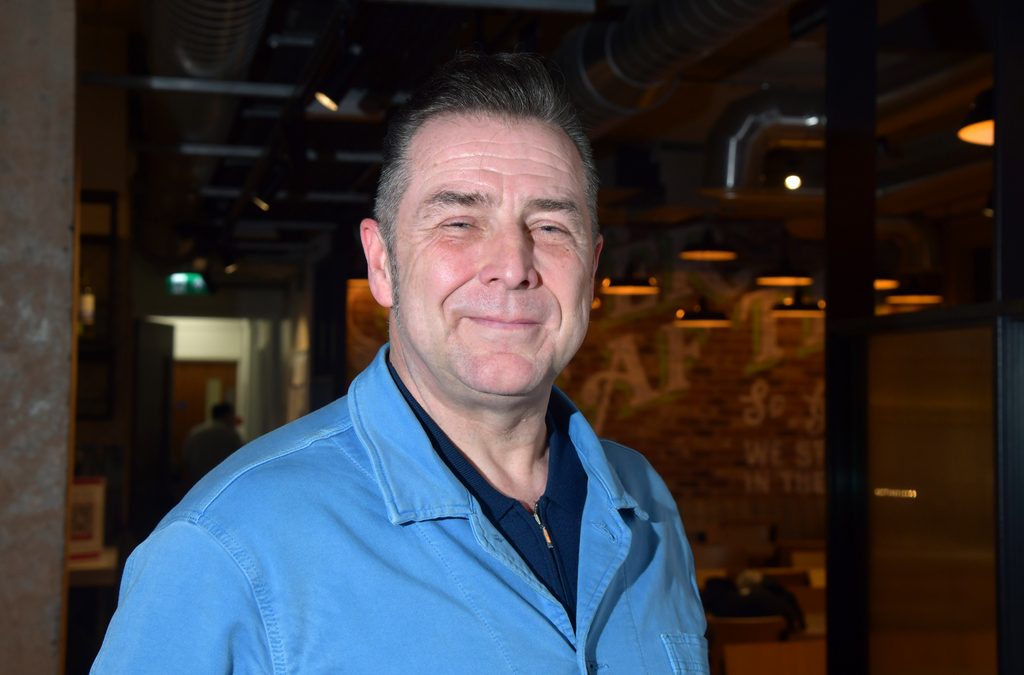By Andrew Smith (A-Vision)
Many in our industry have tried to break into the US market and almost all have gone about it in very different ways. But that is the beauty of the US market: it is so vast that even just a small percentage point of market share will add millions of dollars to your company’s revenue.
From a live events perspective, it would be near impossible to get any substantial foothold in the US without having an office and network of staff or suppliers based there. However, from a video production POV things are very different.
At A-Vision we have worked with some of the biggest brands in the US and almost all production has taken place in the UK. I am not going to give the whole recipe for the special sauce away here, but I can certainly give some thought starters on how to make things happen.
In all honesty, working in the USA prior to Covid was a lot easier. UK corporate production was simply of a much higher production value compared to its US counterpart. Difficult to say why, perhaps the talent tended to go for the big bucks and bright lights of Hollywood, the Streaming Platforms and a very sophisticated TV and Pop Promo industry.
Perhaps it changed after Covid because companies had saturated the airways with low standard production during the pandemic years. In order to stand out from the crowd, content needed big ideas and high production values. The trend is to spend more doing less but better.
Even though the competition is harder we do still have many advantages, or ways to play the game.
In an increasingly interconnected world, the global marketplace has allowed businesses to transcend geographical boundaries. This is particularly evident in the creative industry, where collaborations between companies from different corners of the world are becoming more commonplace and perhaps expected. We can easily become a company that has partnerships or resources on the ground without the outlay. Giving us the ability to combine an English mindset with an American voice.
- Time Zone Differences:
One of the most immediate challenges faced by UK-based production companies working with American clients is the significant time zone difference. The UK is generally five to eight hours ahead of the United States. This time gap can complicate communication, coordination, and project timelines. Scheduling meetings that accommodate both parties can be challenging – however, our key selling point if we can span both time zones is that usually we have completed the task or set the ball rolling before the client gets up the next day.
- Cultural Nuances:
Despite sharing a common language, the UK and the US have distinct cultural nuances that can impact the creative process. Humour, tone, and visual aesthetics can vary between the two regions. Understanding and aligning with the client’s cultural expectations is crucial for creating content that resonates with the intended audience. But with the right client, an English reserve can have resonance. Our less is more approach is what the likes of Apple, Intel and Cisco exude.
- Legal and Regulatory Variances:
Navigating the legal and regulatory landscape is another hurdle when working across borders. UK and US laws governing intellectual property rights, licensing, and other legal aspects of video production may differ. Clear contractual agreements that address these disparities are essential to avoid disputes and legal complications down the line. Familiarity with both jurisdictions is necessary to ensure compliance with relevant regulations.
- The Dollar to The Pound:
The exchange rate between the British Pound and the US Dollar introduces a layer of complexity to budgeting for video production projects. Fluctuations in currency values can impact costs, making it essential for both parties to agree on a stable financial framework. However, since Brexit, we are for the most part considerably cheaper and this is further emphasised by the fact that most rate cards would be around 20-30% cheaper than a US counterpart. Who honestly can get away with charging $1,500 a day for After Effects in the UK…you can in the US.
- Technology and Infrastructure Challenges:
While technology has made cross-border collaborations more accessible, differences in infrastructure and technology standards can still pose challenges. Varying internet speeds, file transfer methods, and software preferences may necessitate adjustments in workflow and communication protocols. Both parties must be flexible and willing to adapt to each other’s technological ecosystems.
- Logistical Hurdles:
Practical logistics, such as shipping equipment, coordinating on-site shoots, and managing travel arrangements, can be challenging when working across continents. Contingency plans for unforeseen circumstances, such as travel restrictions or delays, should be established to mitigate potential disruptions to the production timeline.
Collaborations between UK-based corporate video production companies and American clients offer tremendous creative potential. They are not without their share of challenges but the opportunities are enormous. There are as many people within a US client that will see the tremendous benefits of working with a UK video company as those who would prefer to work with an American partner so these accounts need heavy management and nurturing. Successful partnerships require clear communication, cultural sensitivity, and a proactive approach to addressing logistical, legal, and financial considerations. But by understanding and navigating these complexities, transatlantic collaborations can yield fantastic opportunities.
Photo credit: Leo Wilkinson



